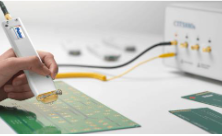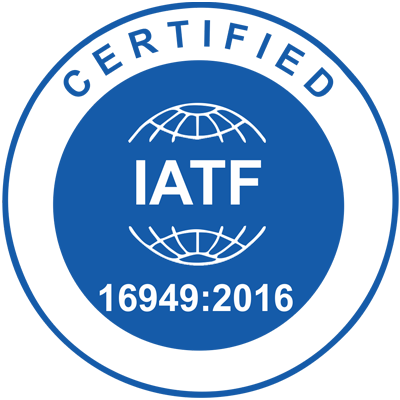Impedance control
there will be a variety of signal transmission in the conductors in the circuit board, to increase its transmission rate must increase its frequency, if the line itself due to etching, stack thickness, wire width, and other different factors, will The impedance is worth changing, and the signal is distorted.
Therefore, the impedance value of the conductor on the high-speed circuit board should be controlled within a certain range, called "impedance control".
The impedance of the PCB trace will be determined by its inductive and capacitive inductance, resistance, and conductance. The main factors that affect the impedance of the PCB traces are the width of the copper line, the thickness of the copper line, the dielectric constant of the medium, the thickness of the medium, the thickness of the pad, the path of the ground line, and the traces around the trace. PCB impedance ranges from 25 to 120 ohm.
In practical situations, PCB transmission lines usually consist of a wire trace, one or more reference layers, and insulating materials. Traces and slabs constitute the control impedance. PCB will often adopt a multi-layer structure, and the control impedance can also be constructed in various ways. However, no matter what method is used, the impedance value will be determined by its physical structure and the electronic properties of the insulating material:
Width and thickness of the signal trace Height of the core or pre-filled material on both sides of the trace Configuration of traces and slabs Insulation constant of core and pre-filled material.
There are two main forms of PCB transmission lines: Microstrip and Stripline.
Microstrip
Microstrip is a type of electrical transmission line which can be fabricated using printed circuit board technology, and is used to convey microwave-frequency signals. It consists of a conducting strip separated from a ground plane by a dielectric layer known as the substrate.
Microwave components such as antennas, couplers, filters, power dividers etc. can be formed from microstrip, with the entire device existing as the pattern of metallization on the substrate.
Cross-section of microstrip geometry. Conductor (A) is separated from ground plane (D) by dielectric substrate (C). Upper dielectric (B) is typically air.
Microstrip is thus much less expensive than traditional waveguide technology, as well as being far lighter and more compact. Microstrip was developed by ITT laboratories as a competitor to stripline (first published by Grieg and Engelmann in the December 1952 IRE proceedings).
The disadvantages of microstrip compared with waveguide are the generally lower power handling capacity, and higher losses. Also, unlike waveguide, microstrip is not enclosed, and is therefore susceptible to cross-talk and unintentional radiation. For the lowest cost, microstrip devices may be built on an ordinary FR-4 (standard PCB) substrate. However it is often found that the dielectric losses in FR4 are too high at microwave frequencies, and that the dielectric constant is not sufficiently tightly controlled. For these reasons, an alumina substrate is commonly used.
On a smaller scale, microstrip transmission lines are also built into monolithic microwave integrated circuits.
Microstrip lines are also used in high-speed digital PCB designs, where signals need to be routed from one part of the assembly to another with minimal distortion, and avoiding high cross-talk and radiation. Microstrip is one of many forms of planar transmission line, others include stripline and coplanar waveguide, and it is possible to integrate all of these on the same substrate.
A differential microstrip—a balanced signal pair of microstrip lines—is often used for high-speed signals such as DDR2 SDRAM clocks, USB Hi-Speed data lines, PCI Express data lines, LVDS data lines, etc., often all on the same PCB. Most PCB design tools support such differential pairs. Stripline is a transverse electromagnetic transmission line medium invented by Robert M. Barrett of the Air Force Cambridge Research Centre in the 1950s. Stripline is the earliest form of planar transmission line.
A stripline circuit uses a flat strip of metal which is sandwiched between two parallel ground planes. The insulating material of the substrate forms a dielectric. The width of the strip, the thickness of the substrate and the relative permittivity of the substrate determine the characteristic impedance of the strip which is a transmission line.
Have Questions?
If you have any questions or need any further information, please feel free to contact your dedicated customer service.







